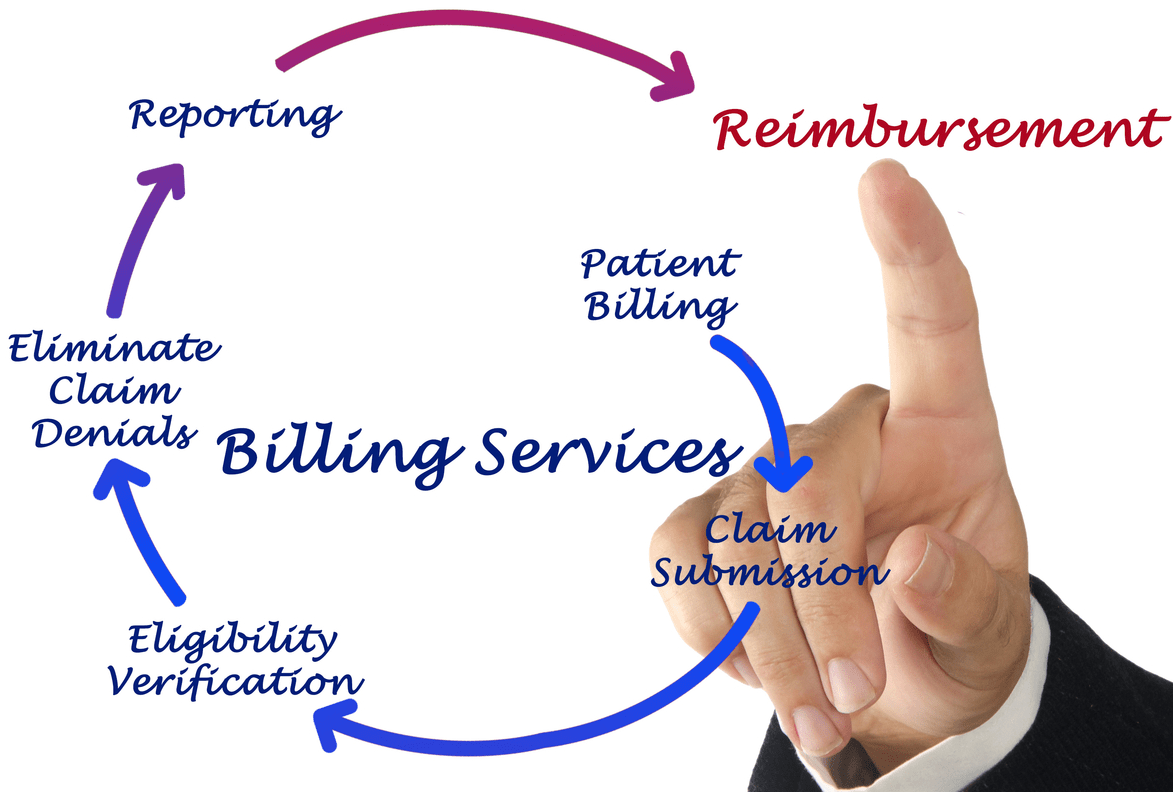Content Attributes
Welcome to this comprehensive guide intended to help you master the art of responding to Requests for Proposals (RFPs). Navigating the world of RFPs can be daunting, particularly when a prospective client or potential business opportunity is on the line. In this article, we break down the process of responding to an RFP into manageable steps that will empower you and your team to create compelling, winning proposals. So, let’s dive in!
The Essentials of a Request for Proposal

Understanding the essence of an RFP is the first step to writing a strong response. An RFP is a document that organizations draft to invite bidders for products or services. It sets forth what the organization is looking for and how the review process will be conducted.
An RFP can be a complex piece of documentation, containing detailed specifications, contract terms, and bidding processes. Thus, familiarizing yourself with the structure and content of an RFP is crucial.
The components of an RFP can vary greatly depending on the business and the industry. However, most RFPs comprise sections that detail the project requirements, desired qualifications, submission procedures, budget constraints, and selection criteria.
Furthermore, you will find out more about how to respond to an RFP across different industries. This will enrich your perspective and equip you with the right tools for crafting your response.
How To Analyze an RFP: Key Points To Consider?
Before responding, you must analyze the RFP thoroughly. Reading it carefully will ensure that you understand the project requirements, client’s needs, and deadline. It also helps in identifying areas where your business stands out.
Next, consider the resources that you’ll need to fulfill the project’s requirements. This involves time, personnel, funds, and expertise. Make sure you can deliver on what is being asked before embarking on the proposal writing process.
Also, check whether you meet the eligibility criteria. Some RFPs may have specific qualifications that you need to fulfill. If your company doesn’t meet these criteria, it will be a waste of time to complete the proposal.
Finally, factor in the proposal’s submission date and evaluation process. This will help to manage timelines effectively and prepare for any presentations or interviews that could be in the selection process.
Drafting Your Response To an RFP: Step-By-Step Guide
Once you’ve thoroughly analyzed the RFP, it’s time to start drafting your response. First, structure your proposal to mirror the requirements laid out in the RFP. This makes it easy for reviewers to compare the needs with your solutions.
In the executive summary, present your understanding of the project’s requirements and how your company plans to meet the client’s needs. Make sure to highlight your unique value propositions.
Next, detail your approach to the project and confirm your capabilities. Show how you’ll meet the project’s objectives and provide timelines for these actions. Case studies and examples are helpful in demonstrating past successes.
Lastly, don’t forget to outline the costs of your services. This should include the overall project cost, individual cost items, and the pricing method. Your pricing should be competitive but also realistic to cover all costs involved.
Mastering the Art of Proposal Writing

Writing effective proposals involves mastering the art of persuasion, accuracy, and relevance. Start by clearly stating your understanding of the problem and how your solutions are well-suited to address the issues at hand.
Accuracy is crucial in proposal writing. Make sure all the information provided in the proposal is accurate, up-to-date, and thoroughly researched. This builds credibility with the client and demonstrates your commitment to delivering quality.
Furthermore, crafting a relevant proposal means focusing on the unique needs and wants of the prospective client. Research about their organization and their industry to tailor a response that speaks directly to their interests.
Also, pay attention to your writing tone. Maintain a professional voice throughout your submission, but try to infuse it with elements that reveal your company’s unique personality.
Overall, crafting engaging responses to RFPs involves understanding the dynamics of the RFP, analyzing the given requirements, and crafting a well-planned, clear, and persuasive proposal in response. With the right guidelines and strategies in place, you can set your responses apart, showcasing your unique solutions most appealingly.



